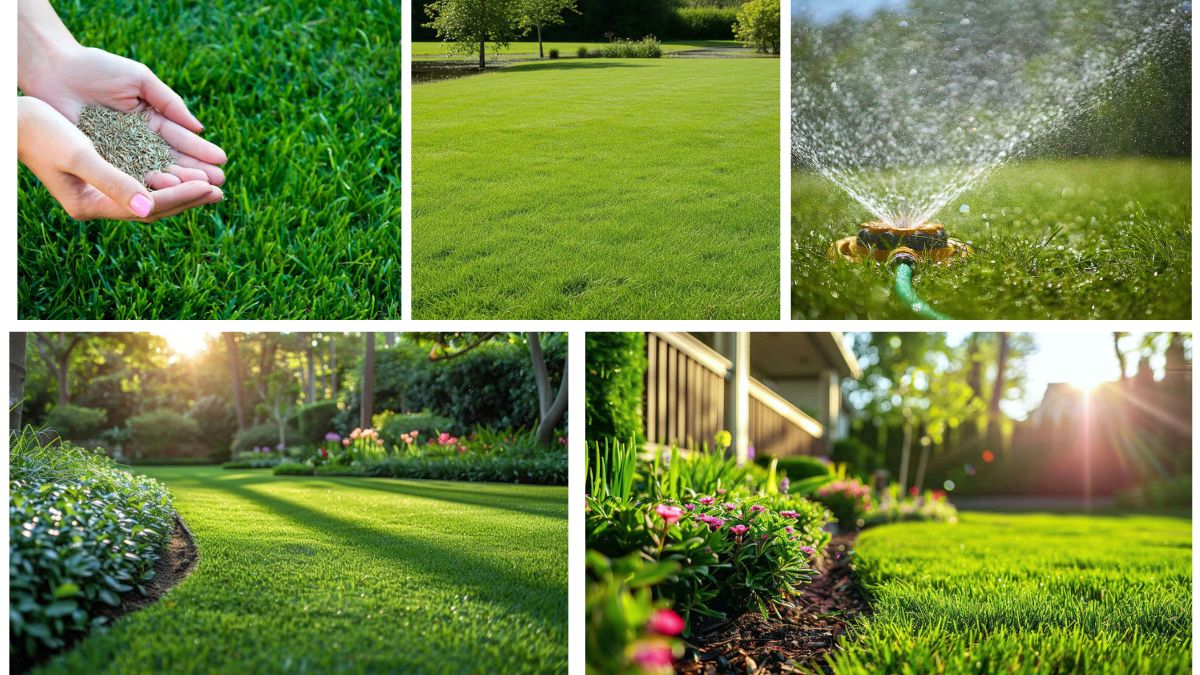A lush green lawn is the hallmark of a well-kept home, providing aesthetic appeal, recreational space, and environmental benefits. Planting grass seed may seem simple, but achieving a dense, healthy lawn requires understanding soil preparation, seed selection, planting techniques, and ongoing care. This guide provides a step-by-step approach to planting grass seed, helping beginners and experienced gardeners alike cultivate a vibrant, resilient lawn.
Introduction
A beautiful lawn enhances home value, outdoor enjoyment, and ecological balance. Grass lawns reduce soil erosion, filter rainwater, and contribute to cleaner air by producing oxygen. However, growing a lush lawn from seed is a process that requires careful planning, patience, and consistent care.
Choosing the right type of grass, preparing the soil, planting seeds correctly, and providing proper maintenance are essential steps. This guide will cover:
- Types of grass seeds suitable for various climates
- Soil preparation and lawn care
- Seed planting techniques
- Watering, fertilization, and maintenance strategies
- Troubleshooting common lawn problems
By following these guidelines, homeowners can achieve a thick, green, and durable lawn that thrives season after season.
Step 1: Choosing the Right Grass Seed
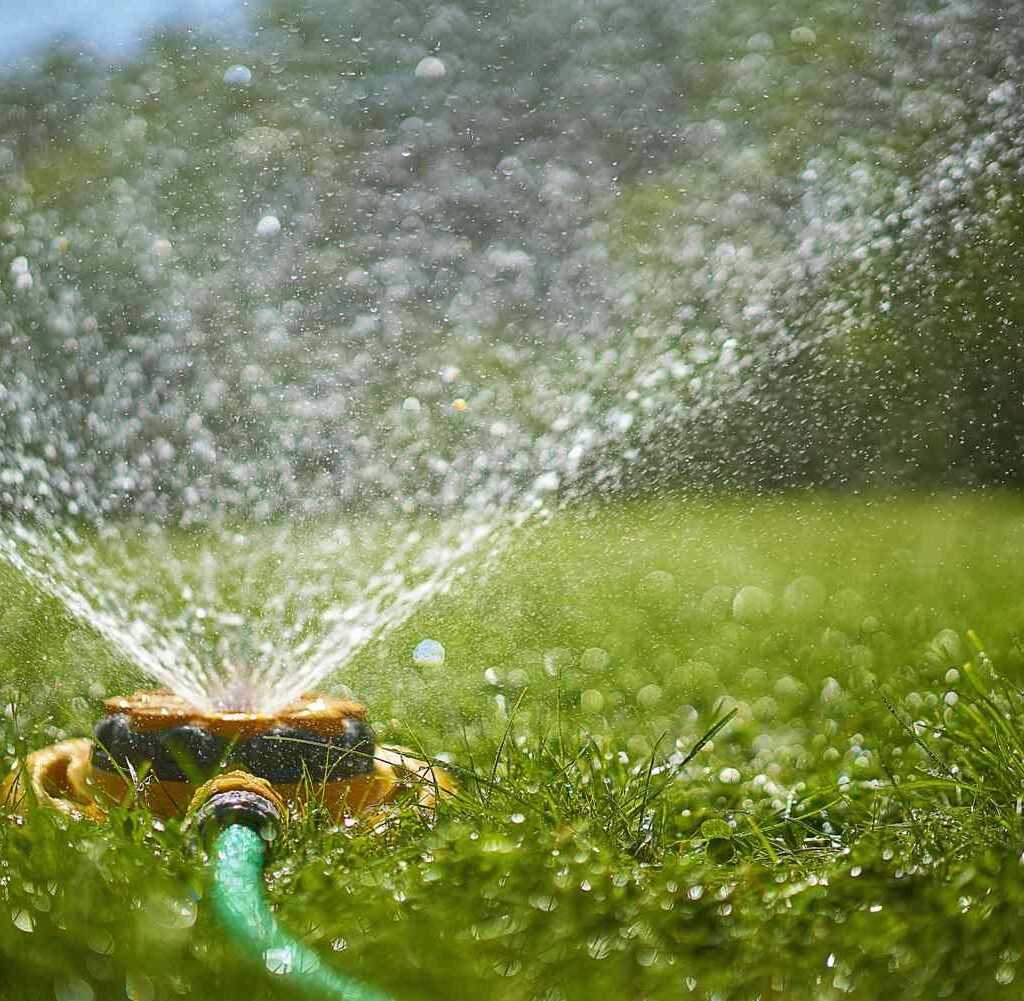
Selecting the appropriate grass seed is crucial for establishing a healthy lawn. Grass species vary in climate tolerance, sunlight requirements, and maintenance needs.
Warm-Season Grasses
These grasses thrive in hot climates and flourish in summer. Common varieties include:
- Bermuda Grass: Durable, drought-tolerant, ideal for sunny lawns.
- Zoysia Grass: Thick, soft texture, low water requirement.
- Buffalo Grass: Minimal maintenance, drought-tolerant, suitable for large areas.
Cool-Season Grasses
Ideal for temperate climates, these grasses grow best in spring and fall. Popular types include:
- Kentucky Bluegrass: Deep green color, fine texture, high aesthetic value.
- Fescue Grass: Shade-tolerant, drought-resistant, versatile for mixed lawns.
- Ryegrass: Fast-growing, perfect for quick lawn establishment.
Tips for Selecting Grass Seed
- Consider climate, sunlight exposure, and soil type.
- Choose blended or hybrid seeds for improved disease resistance and adaptability.
- Evaluate lawn use—high-traffic areas may require more durable species.
Step 2: Soil Preparation
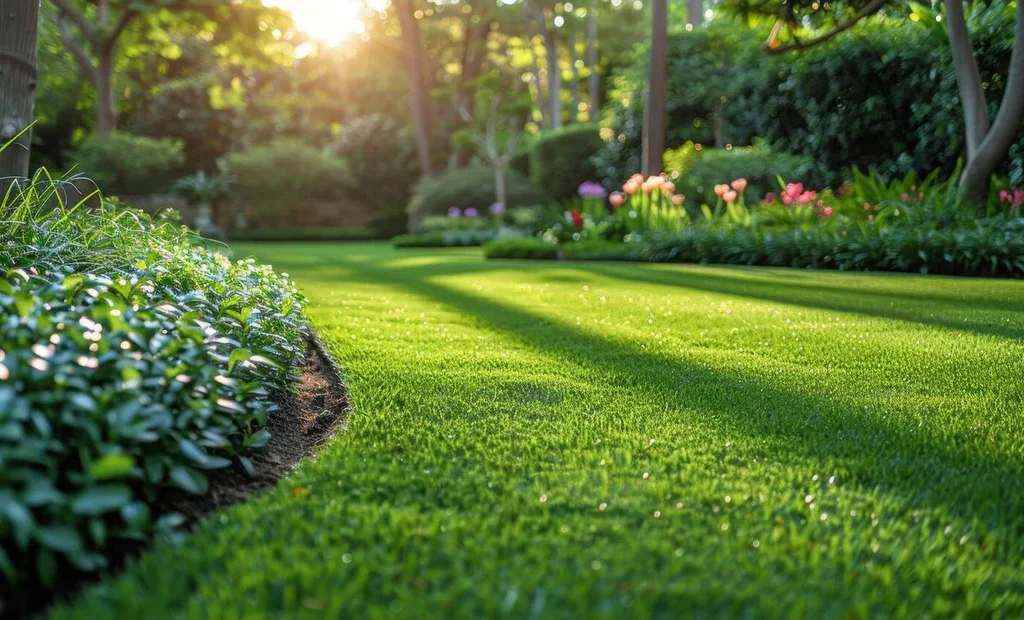
A lush lawn starts with healthy, well-prepared soil. Proper soil preparation ensures good seed-to-soil contact, optimal nutrient availability, and strong root development.
Steps for Soil Preparation:
- Clear the Area: Remove weeds, rocks, and debris from the lawn space.
- Test the Soil: Conduct a soil pH test. Most grasses prefer a pH of 6.0–7.0.
- Amend the Soil: Add compost or organic matter to improve fertility and drainage.
- Loosen the Soil: Use a rake or tiller to break compacted soil to a depth of 2–4 inches.
- Level the Ground: Smooth out uneven areas to prevent water pooling and uneven growth.
Well-prepared soil ensures that seeds germinate quickly and develop strong, healthy roots.
Step 3: Planting Grass Seed
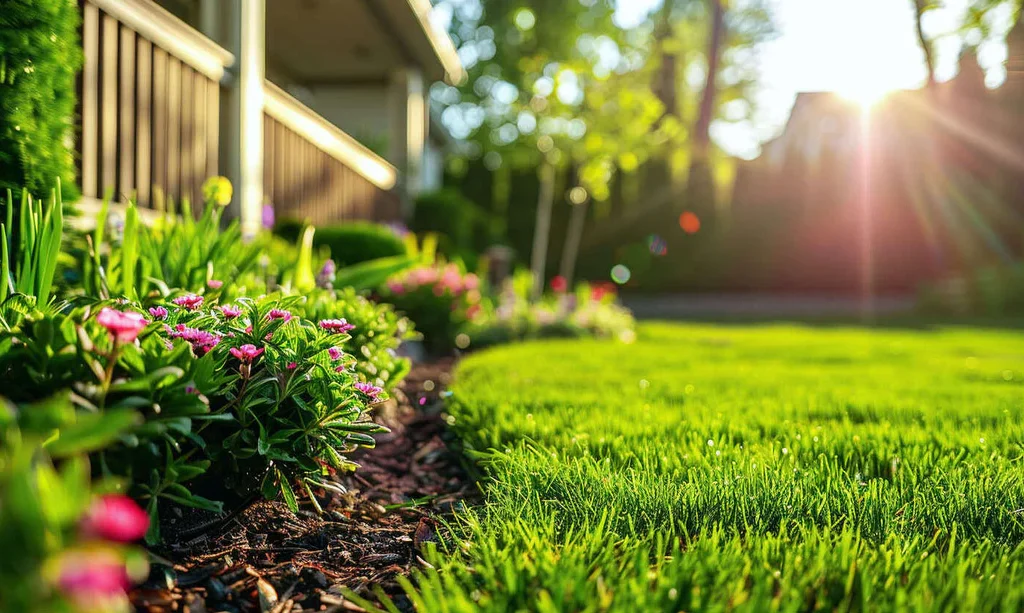
Proper planting techniques are essential for a dense, uniform lawn. The timing, method, and seeding rate all affect growth success.
Timing
- Cool-season grasses: Plant in early fall or spring.
- Warm-season grasses: Plant in late spring or early summer when soil temperatures are warm.
Seeding Methods
- Broadcast Seeding: Spread seeds evenly across the lawn using a handheld or rotary spreader.
- Drop Seeding: Delivers seeds more precisely in rows for uniform coverage.
- Hydroseeding: Seeds mixed with water and mulch for large areas, ensuring fast germination.
Seeding Rate
- Follow manufacturer’s instructions on seed packaging.
- Overseed thin areas at a slightly higher rate for dense coverage.
Seed-to-Soil Contact
- Lightly rake the soil to cover seeds with 1/4 inch of soil.
- Roll the soil gently using a lawn roller to ensure firm contact.
Step 4: Watering and Germination
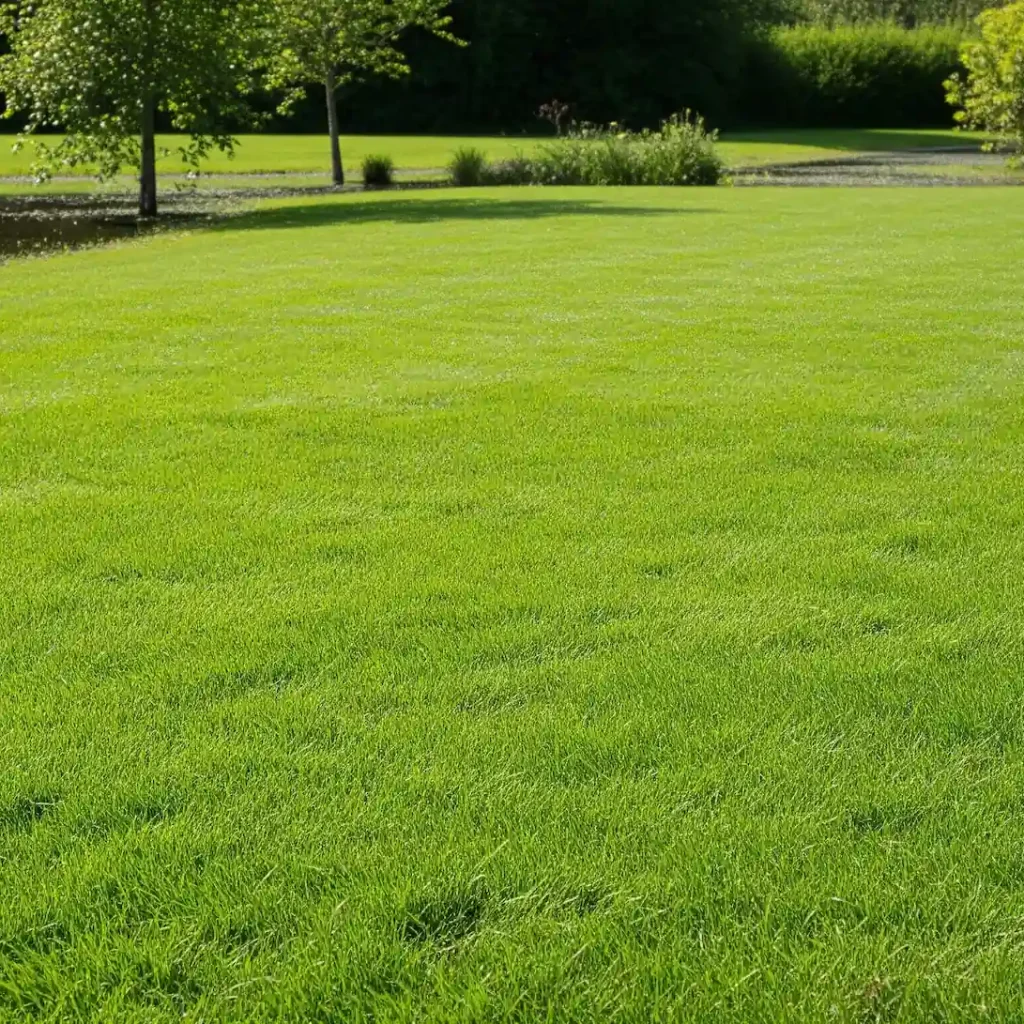
Consistent moisture is critical for seed germination and early root development.
Watering Guidelines
- Initial Stage: Water lightly 2–3 times daily to keep the soil moist.
- Germination Stage: Continue light watering until seeds sprout.
- Establishment Stage: Reduce frequency gradually, watering deeply 2–3 times per week to encourage deep roots.
Avoid overwatering, which can cause fungal growth, seed rot, or soil compaction.
Germination Time
- Ryegrass: 5–10 days
- Fescue: 7–14 days
- Bluegrass: 14–28 days
- Bermuda/Zoysia: 10–21 days
Step 5: Fertilization
Grass needs proper nutrients for vibrant growth. Fertilization schedules depend on grass type, soil fertility, and season.
Fertilization Tips
- Use a starter fertilizer high in phosphorus during planting to promote root growth.
- Apply nitrogen-rich fertilizers periodically for lush green leaves.
- Avoid overfertilization to prevent burning the grass or excessive growth.
Step 6: Lawn Maintenance
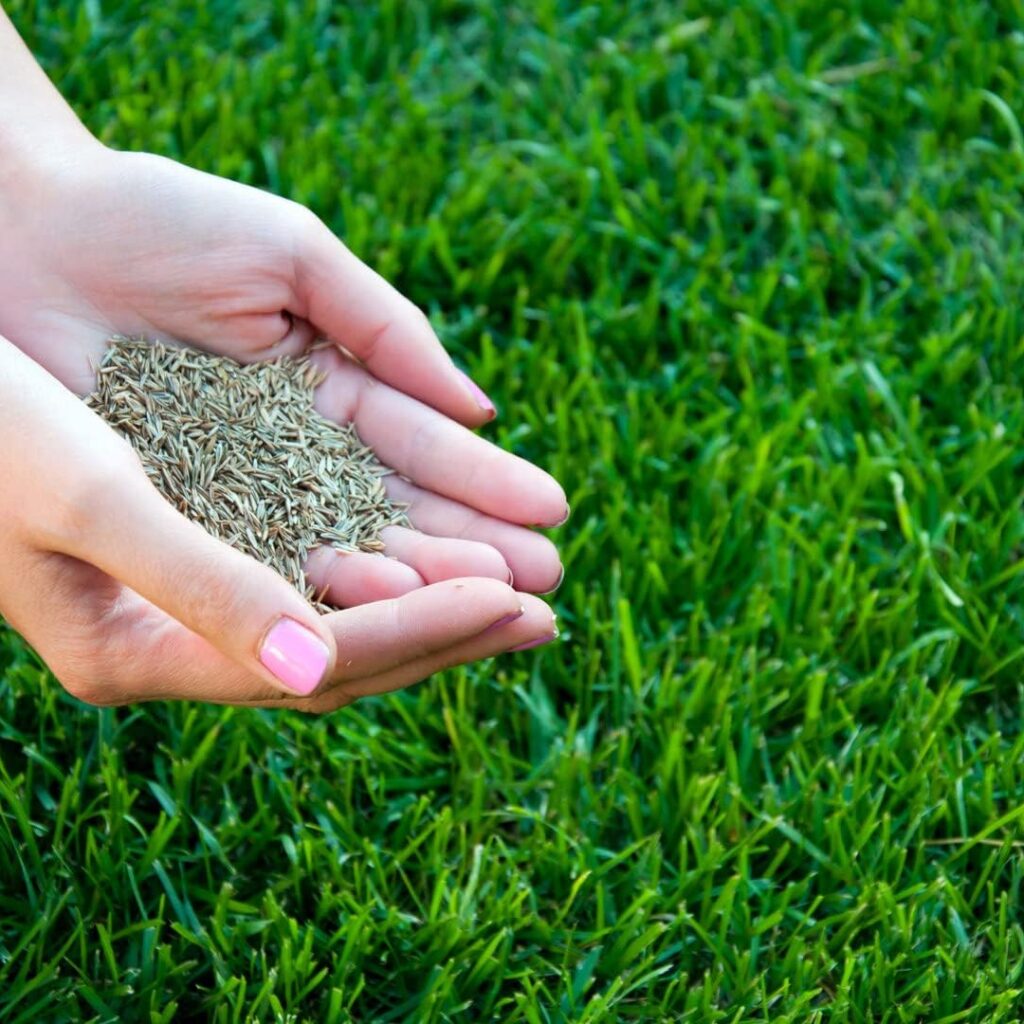
Maintaining a lush lawn requires regular attention.
Mowing
- Mow when grass reaches 3–4 inches, cutting only 1/3 of the height at a time.
- Sharp mower blades prevent tearing and stress on the grass.
Weed Control
- Remove weeds manually or use herbicides cautiously to avoid harming young grass.
Aeration
- Aerate soil annually to reduce compaction and improve water and nutrient penetration.
Overseeding
- Thin areas can be overseeded annually to maintain uniform density.
Common Lawn Problems and Solutions
- Bare Spots: Reseed immediately and ensure proper soil contact.
- Brown Patches: Check for pests, diseases, or watering issues.
- Weeds: Regular mowing and proper fertilization minimize weed growth.
- Thatch Build-Up: Aerate and dethatch to prevent nutrient blockage.
Conclusion
Planting grass seed for a lush green lawn involves careful planning, preparation, and maintenance. From selecting the right grass seed to soil preparation, planting techniques, watering, fertilization, and ongoing care, each step contributes to a vibrant, resilient lawn.
With patience and consistent effort, homeowners can transform bare soil into a thick, green carpet that enhances the beauty, value, and functionality of their outdoor spaces. By following this complete guide, you can enjoy a lush lawn that thrives year-round, providing environmental benefits, aesthetic appeal, and a relaxing space for family and recreation.
